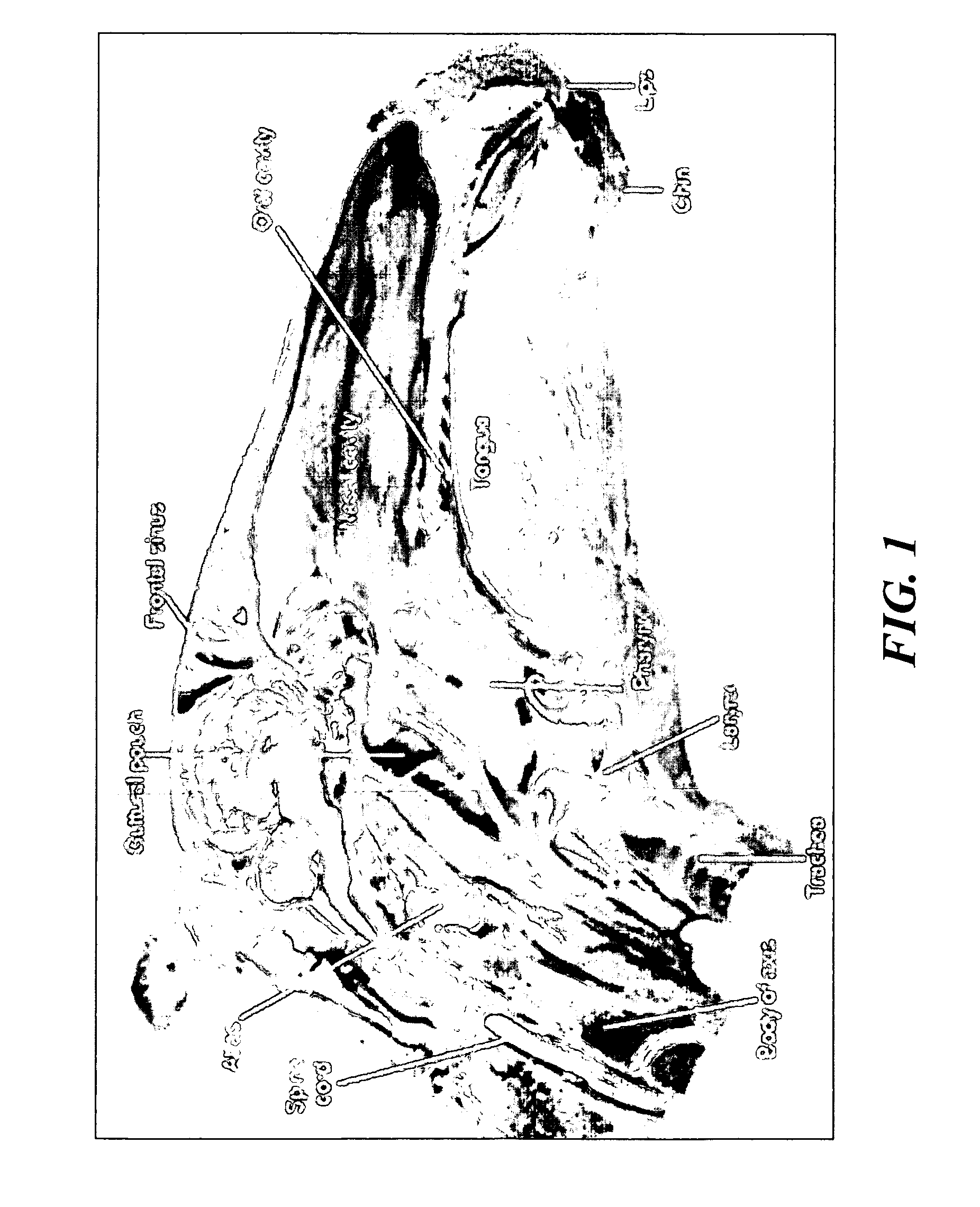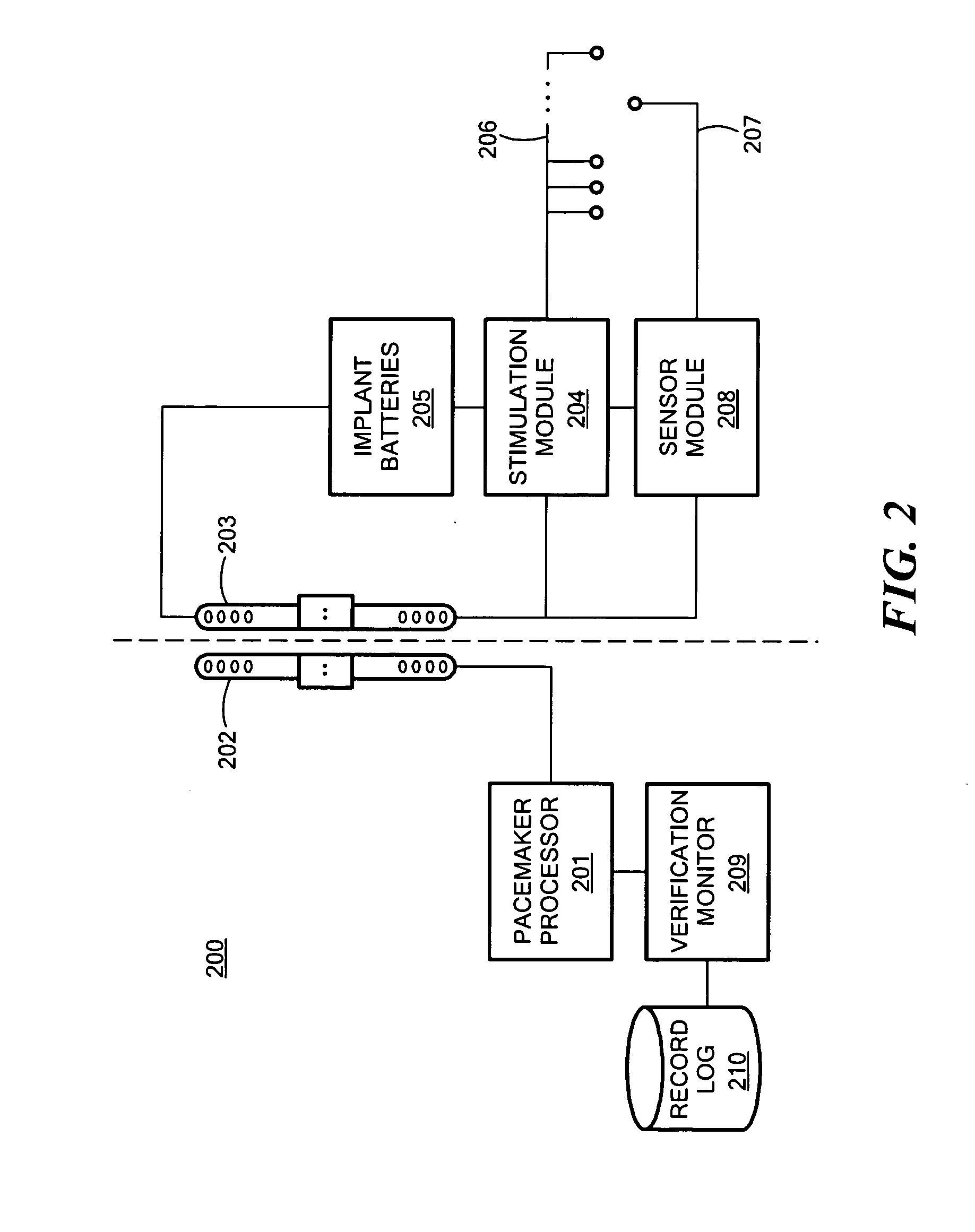Equine Airway Disorders
a technology for airway disorders and horses, applied in the field of equine airway impairment, can solve the problems of significant airflow reduction, impairing the horse's ability to compete, health and ability, etc., and achieve the effects of preventing axonal degeneration, slowing axonal degeneration, and facilitating axonal regeneration
- Summary
- Abstract
- Description
- Claims
- Application Information
AI Technical Summary
Benefits of technology
Problems solved by technology
Method used
Image
Examples
Embodiment Construction
[0036]Various embodiments of the present invention are directed to treatment of equine airway disorders, for example, laryngeal hemiplegia (hemi paralysis). Although this disorder is known to be a neuropathy (a disorder involving loss of neurons), it has unexpectedly been found that electrical stimulation of the nerve supply to paralyzed vocal folds causes complete abduction of the vocal fold. Moreover, this abduction can be maintained continuously for hours. In addition, the abduction is forceful enough to resist the high negative pressures within the airway that are generated by a horse during exercise or at labor.
[0037]Embodiments of the present invention stimulates airway nerves in horses. This contrasts with previous systems for human treatment which are directed to muscle tissue (except U.S. Pat. No. 7,069,082, which, as described above, stimulates synkinetic reinnervated nerves in humans, which are different than the nerves in diseased horses which are damaged but not denerva...
PUM
 Login to View More
Login to View More Abstract
Description
Claims
Application Information
 Login to View More
Login to View More - R&D
- Intellectual Property
- Life Sciences
- Materials
- Tech Scout
- Unparalleled Data Quality
- Higher Quality Content
- 60% Fewer Hallucinations
Browse by: Latest US Patents, China's latest patents, Technical Efficacy Thesaurus, Application Domain, Technology Topic, Popular Technical Reports.
© 2025 PatSnap. All rights reserved.Legal|Privacy policy|Modern Slavery Act Transparency Statement|Sitemap|About US| Contact US: help@patsnap.com



